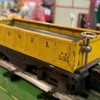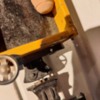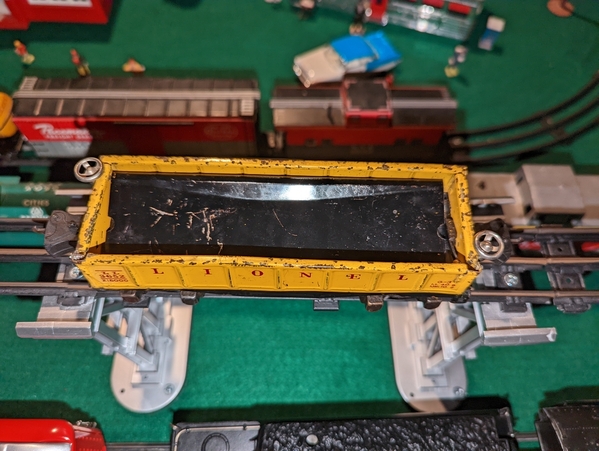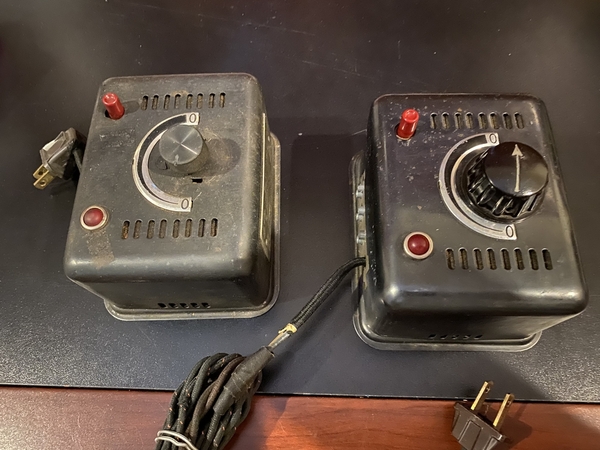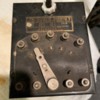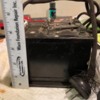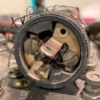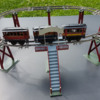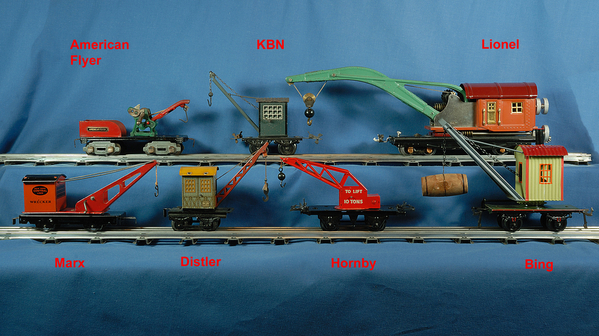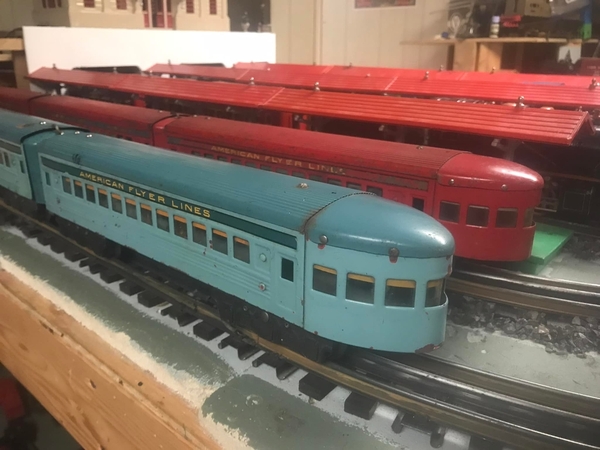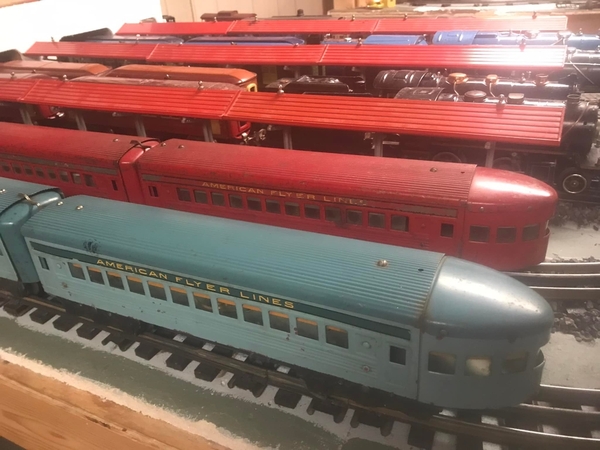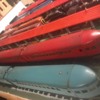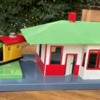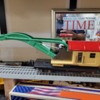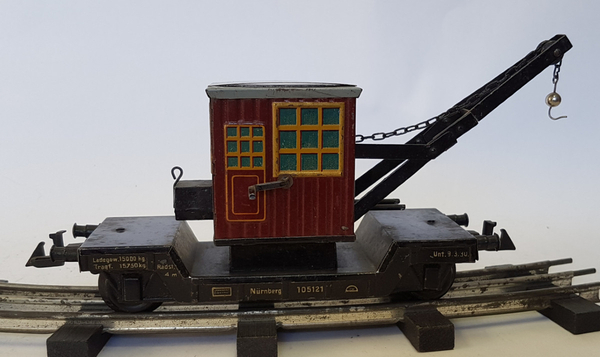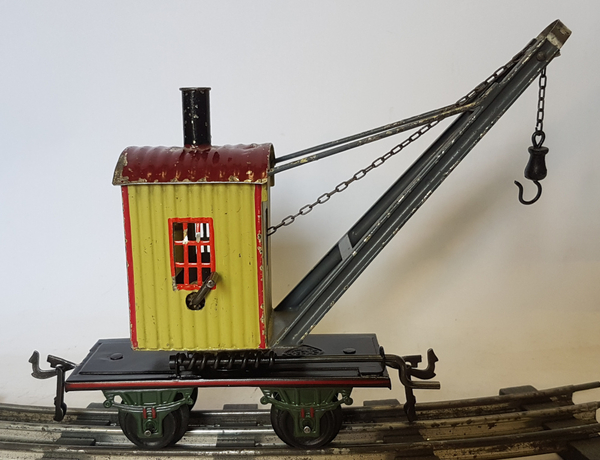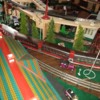@Don McErlean posted:Daniel - what a beautiful locomotive. My reference on French Hornby lists the 31240 as one of the "Train Bleu" locomotives and offered (after 1929) in Nord brown and PLM maroon, am I correct in identifying your locomotive? It does list the "4 volt" motor but I had never known that this meant batteries...can it also be run with track power?
What a great acquisition, beautiful for sure. Thanks for posting
Don
Hello Don,
You are right, identification is perfect and the loco is listed in the French Hornby book. At first they where sold with blue train cars. The 4 volts Hornby motor is intended to be run with batteries when you didn't have electricity at home, which as common in those times but Hornby also offered different transformers which are more easy to use.
I have this one which is fixed output of 4-5 volts, maybe more intended to be used with Meccano motors,
So you have to use a special rehostat, to do variable speed,
This one is a 6 volts but it is OK, there is not many difference between the 4v and 6v.
In fact when I test those old motors, I use more power, 9-10 volts ut with heavy amp and for a short time it works very weel, I have run engines in 4 or 6 volts during 3-5 minutes and never had any problem.
All my best wishes, Daniel










